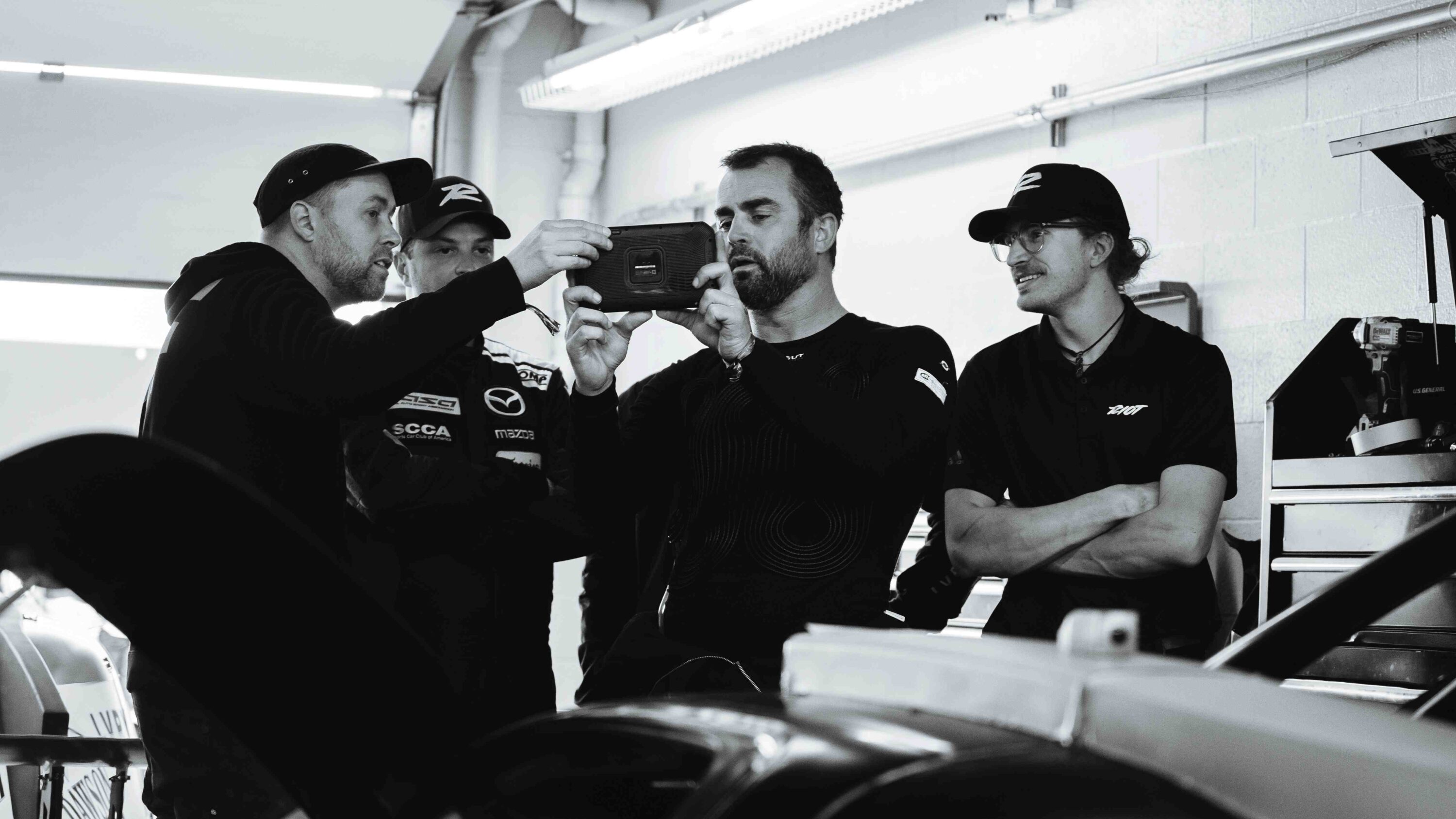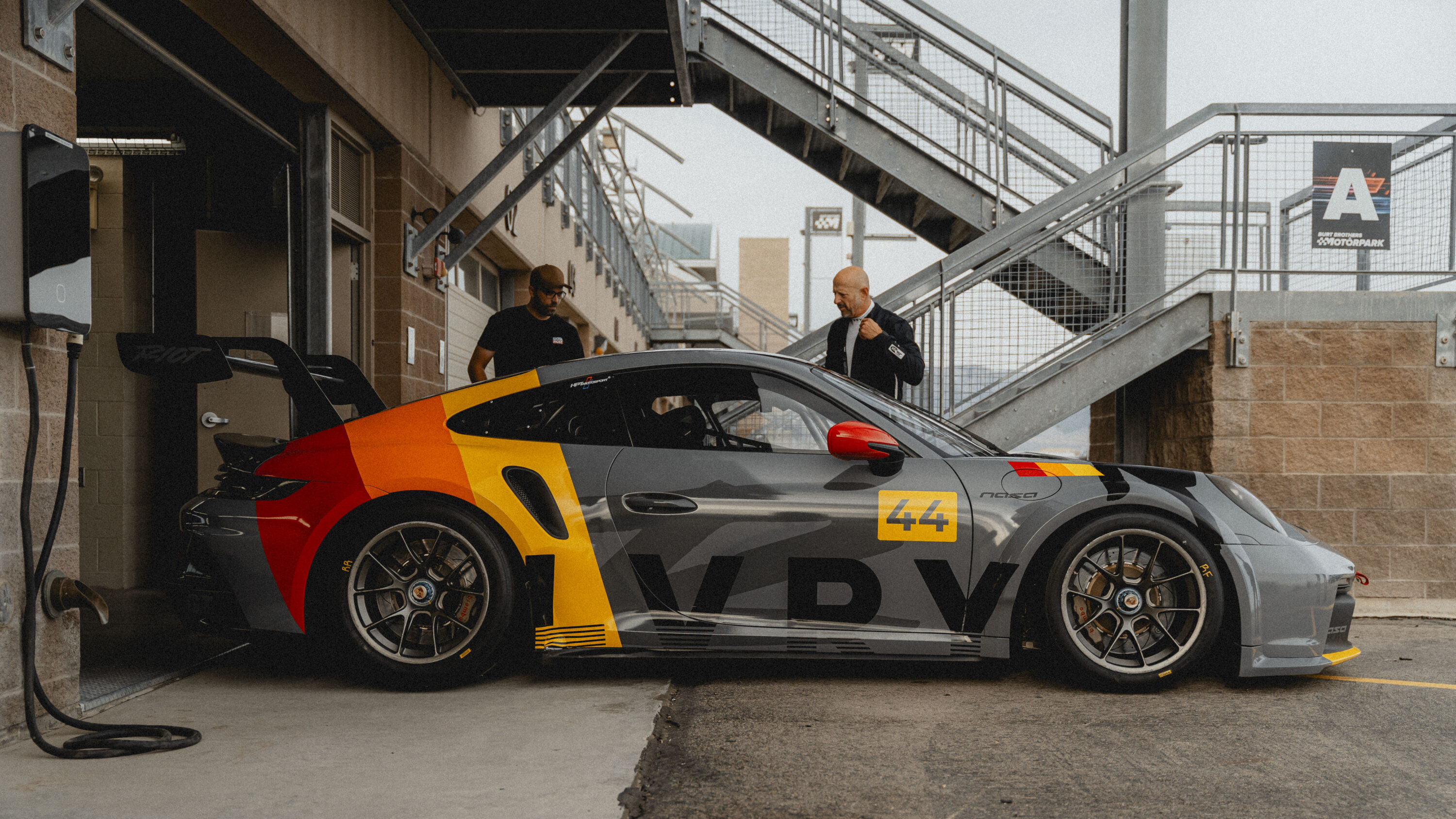Photo Credit: Piece of Power | Zoe Kuball
My “discovery” of the fifth stage of competence.
Let’s go on a short journey, one that follows the path of learning about learning. How meta, right?
I thought I could recall when I first came across and read about the four stages of competence. I thought it was in Lessons from the Art of Juggling, by Michael J. Gelb and Tony Buzan, one of my all-time favorite books, but I just went back through it and didn’t find the information there (although it did mention the concept); so now, I don’t remember exactly where I first read about it! But I wrote about it in the Inner Speed Secrets book that I co-authored with Ronn Langford (published in 2000), so I’ll have to go back through my notes to find where and when I first discovered it.
What I do remember is having a big Aha! moment, for these four stages made so much sense to me as someone fascinated by the process of learning almost as much as I was by how I could use this to improve my driving and coaching.
As a recap, here are those four stages of competence, as taken from Wikipedia:
- Unconscious incompetence: The individual does not understand or know how to do something and does not necessarily recognize the deficit. They may deny the usefulness of the skill. The individual must recognize their own incompetence, and the value of the new skill, before moving on to the next stage. The length of time an individual spends in this stage depends on the strength of the stimulus to learn.
- Conscious incompetence: Though the individual does not understand or know how to do something, they recognize the deficit, as well as the value of a new skill in addressing the deficit. The making of mistakes can be integral to the learning process at this stage.
- Conscious competence: The individual understands or knows how to do something. It may be broken down into steps, and there is heavy conscious involvement in executing the new skill. However, demonstrating the skill or knowledge requires concentration, and if it is broken, they lapse into incompetence.
- Unconscious competence: The individual has had so much practice with a skill that it has become “second nature” and can be performed easily. As a result, the skill can be performed while executing another task. The individual may be able to teach it to others, depending upon how and when it was learned.
In the Inner Speed Secrets book, after providing a very similar overview of these stages, I wrote:
“…one difference between someone who performs well and a real superstar or master of the technique is that the master can explain how he does it. He is able to perform at the unconscious competence level while observing — while being conscious of what he is doing… When you are really driving in the zone, it should be as if your conscious mind is the on-board television camera, observing everything that is going on, including your execution — but it doesn’t interfere with your execution.”
I was hinting at something here, but what I was thinking had not fully formed in my head, yet. There was something missing: these four stages didn’t seem to perfectly coincide with what I had experienced when being in the zone, the highest level of performance or competence.
Skip ahead a few years, and when my publisher asked me to put together what became the Ultimate Speed Secrets book, they just wanted me to merge all the best bits from my first six book into one. As that felt like a musician’s “Best of” album, I wanted to rewrite parts of what I’d written in the original books, update some other parts, and then add things that had fully formed in my thinking. I wanted to make it better than the sum of its old parts! By this point in time, I had clarified my thoughts about the stages of competence, and now I had introduced a fifth stage: unconscious competence with conscious awareness.
Here’s what I wrote in Ultimate Speed Secrets after first introducing the commonly-understood four stages of competence:
“This information, these stages of learning, can be found in most textbooks on learning strategies. I would, however, like to add a fifth stage that is not included in the textbooks, but that I have witnessed and experienced at the race track. At least when it comes to driving race cars, and I believe with most everything else, there should be an Unconscious Competence with Conscious Awareness stage.

“The Unconscious Competence stage is much like the experience of driving somewhere, only to get there and not remember actually driving there. I’m sure you have experienced that at least once in your life. You are driving completely on auto-pilot; your mental programming is handling the chore, while your conscious mind is off in another world.
“Yes, at this level you are operating about as efficiently as possible, but you are unaware. Think of it this way. You’ve been driving the same route to work for years. You drive to work but don’t remember doing it. You are certainly competent at it, so much so that you didn’t even have to consciously think about it. However, while your conscious mind was off in another world, the highway construction crew built a new road – a shortcut – that would cut your commute time in half. Because your conscious mind was unaware, though, you never noticed.

“Unless your conscious mind is aware, you will never make any improvements. Yes, you will continue to drive very well at the subconscious, programmed level, but you will never upgrade the performance of that programming. Many times, this is the reason for a plateau on the learning curve – a complete unawareness of what could or should be improved.
“The ultimate goal for any race driver is to drive at the subconscious level, relying and trusting his programming, while using his conscious mind to observe and be aware of any ways to improve the programming. It should be as if the conscious mind is looking over the driver’s shoulder, much like an in-car camera would see it, watching for opportunities to upgrade the software.”
When I mentally replay any time that I’ve performed in the zone, or been in flow, a way of describing it could be Unconscious Competence with Conscious Awareness.
The unconscious competence part is just doing, driving without over-thinking it, on auto-pilot, trusting your mental programming to accomplish each and every skill and technique without consciously thinking about it.
The conscious awareness part is where you’re noticing what’s going on around you, including the line you’re driving, the timing and rate of application and release of the brakes, how you’re turning the steering wheel, when and how quickly you’re applying the throttle, other cars around you, turn workers and flags, and the thousands of other things you’re doing every micro-second while blasting around a track. You’re doing that without judging whether it’s good or bad, but with this awareness, you recognize opportunities to do things differently, hopefully accomplishing them better. Without conscious awareness, you’re going to keep doing the same thing over and over again, and we all know what the result of that is.
So, it’s this awareness that helps us change and improve.
When I think about awareness, I’m reminded of those speed readout signs on the side of the road that use radar to tell you how fast you’re driving. What do most drivers do the moment they see their speed on one of these boards? Quickly glance at their speedometer, and then slow down (it’s not often that drivers need reminding to speed up — except when I’m the one following them, and we’re on a road with no passing opportunities!).
Learning is mental programming. In other words, when you learn a skill or technique, what you’re really doing is creating a mental program, what could even be referred to as a habit, to do that act without having to think about it. For example, I suspect walking is one of those skills that you no longer have to consciously think about because you just do it!
Once you’ve developed the mental programs to do the almost infinite number of discrete skills and techniques it takes to get around a race track quickly, the key is to let go of consciously thinking about them. So, once you’ve passed by the conscious competence stage, you need to trust your programming and operate in the unconscious competence stage.
That’s easier to do for some people than for others. Because of the way some people’s brains work, they over-analyze and over-think things that no longer need that level of attention. They need to (as I often remind them), “Drive stupid.” In other words, stop thinking, turn the thinking brain off, and just drive.
To perform at your best, in the zone or flow, you need to practice letting go of the step-by-step process of performing the skills and techniques. At the same time, you do still need your conscious mind to be aware of what’s going on around you, so you might be able to update some of your mental programming.
I’m going to leave you here with a couple of thoughts:
- It makes me mad and frustrated when I read a book or article that claims to have the solution to something I want to change or improve, only for it to simply describe the issue without concrete steps to where I want to get to. For example, self-help advice that says being happier will lead to being more productive (well, duh!), without any suggestions about how to do that. That’s kinda useless, right?
- With that in mind, I’m going to suggest you take some time to think about the division between unconscious competence and conscious awareness, but also how they can work and play together. They are different, and yet they can and should blend together into something we experience as being in the zone. So, I really want you to mentally imagine yourself in your car, on track, with one part of yourself driving on auto-pilot, without thinking, but just doing; and the other part of yourself being all-knowing, hyper-aware, but without any judgement. Use some mental imagery (what is most often called visualization), to play this scenario over and over in your mind until it feels natural — until it’s something you do without thinking, as you just flow along in this state.
Have fun playing in the unconscious competence with conscious awareness zone.
P.S. – Before you dive headlong into using mental imagery, download the Mental Imagery Guide for Drivers eBook. It’ll make what I’m challenging you to do easier.
– Ross Bentley
/////
Ross Bentley has spent a lifetime helping drivers go faster. He’s the author of the Speed Secrets books (the best-selling racing series ever), is one of the most sought-after driver coaches in the world, and runs SpeedSecrets.com, the largest collection of driver development resources anywhere. Want more articles like this? Subscribe at RossBentley.Substack.com.







